More about The Bull

Contributor
Paulus Potter painted a lot of bovines but The Young Bull made him famous at age 21.
The bull has a great patch of land, his own human (partially hidden behind the tree), a loving mother cow, and even a few pet sheep. The painting is also life-size, enormous at almost 8 feet wide in order to depict the giant creature.
The Getty Museum claims that in 1800's Netherlands, The Young Bull was as famous as Rembrandt van Rijn's even bigger masterpiece, The Night Watch. If true, that would be a mean feat. Night Watch is one of the world's best known works of art!
But maybe it's not so surprising. The Dutch have a long history of loving their cattle. Breeding Friesian cattle goes back to before the time when Romans ran the area. As Potter was painting his bulls, dairy farming was taking off and it eventually became a major source of national pride. That is still the case today. The tiny country is one of the world's largest exporters of dairy cow semen...
Featured Content
Here is what Wikipedia says about The Young Bull
The Young Bull (Dutch: De jonge stier) or The Bull (Dutch: De stier) is an oil painting of a bull by Paulus Potter. It is in the collection of the Mauritshuis in The Hague in the Netherlands.
At about life-size, this is an unusually monumental animal painting that challenges the hierarchy of genres by its almost heroic treatment of an animal. The large size allows space for very detailed realism, including a number of flies, that was both admired and criticised, especially in the 19th century.
The painting is signed and dated 1647, meaning that Potter, who was born in November 1625, was only 22 when he completed it; he died in 1654, before he reached 30. The painting was highly admired in the 18th and 19th centuries; in the 1870s the French artist and critic Eugène Fromentin asserted confidently that it, Rembrandt's The Night Watch, and his The Anatomy Lesson of Dr. Nicolaes Tulp (also in the Mauritshuis) were the three most famous paintings in the Netherlands.
The painting was eventually enlarged by Potter, who added extra strips of canvas on both sides and at the top to his original composition, which just included the bull itself. The village in the background is Rijswijk, between Delft and The Hague. Paintings of animals in landscape were Potter's speciality, this is the largest apart from his single life-size equestrian portrait; most of his works are far smaller.

The bull was a symbol of prosperity to the Dutch, hitherto overlooked in art, and apart from the horse was by far the most commonly shown animal in Dutch Golden Age painting; goats were used to indicate Italy. This is an enormous and famous portrait which was in the Prince William V Gallery collection that Napoleon took to Paris in 1795 and through a later treaty was returned in 1815. It hung in the Louvre for 20 years. Livestock analysts have noted from the depiction of the various parts of the bull's anatomy that it appears to be a composite of studies of six different animals from widely different ages.
Like the equally life-size bird in Jan Asselijn's The Threatened Swan (1650), the bull can also function as a symbol of the Dutch Republic. Probably not until Whistlejacket, a painting of an English racehorse of a century later, was an equally monumental animal portrait to be found.
Check out the full Wikipedia article about The Young Bull

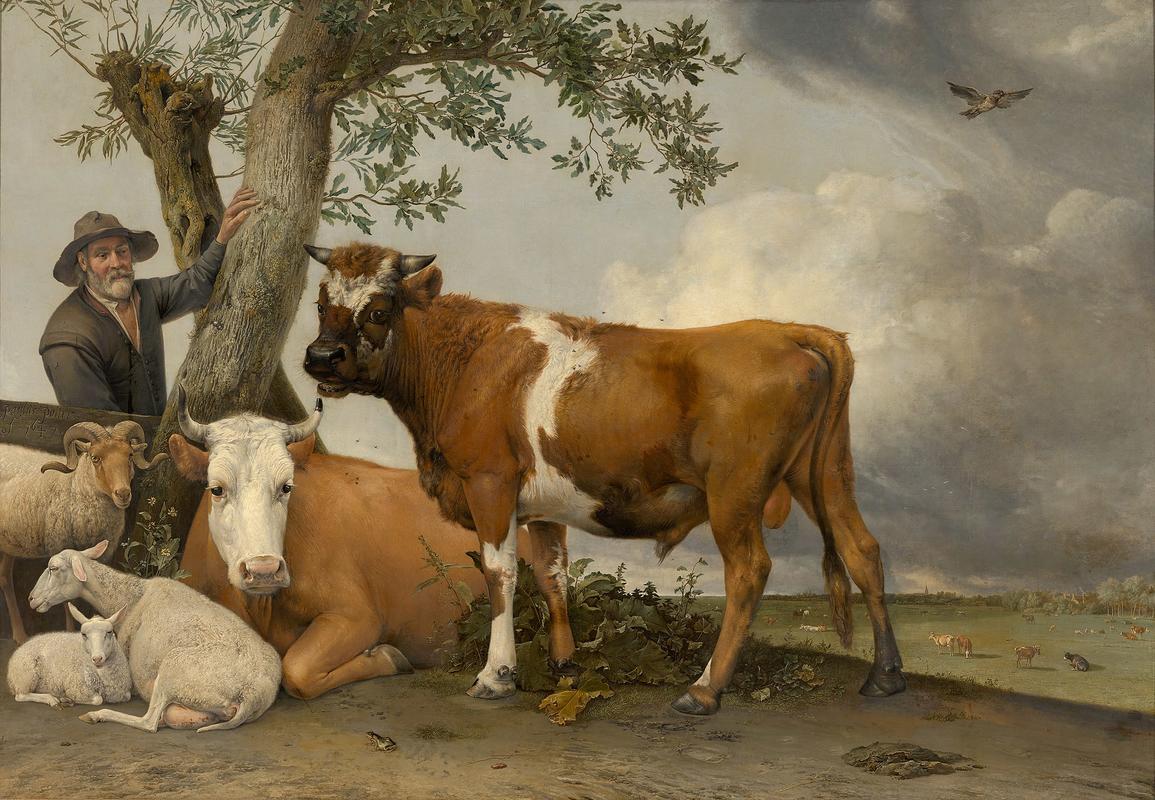
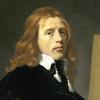
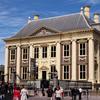









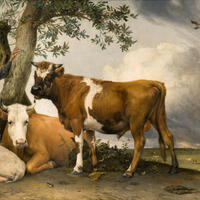

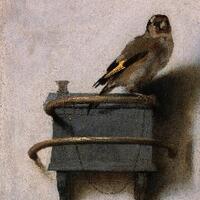
I really like this photo because honestly, I LOVE cows but also I enjoy this painting because they were able to paint the animals and the man in such a real form. They really brought the texture and the colors of each of the animal's fur.